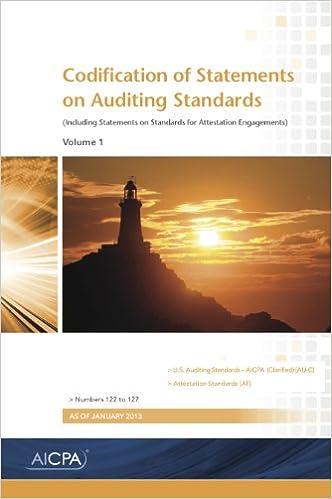


Required information [The following information applies to the questions displayed below.) Rick, who is single, has been offered a position as a city landscape consultant. The position pays $150,200 in cash wages. Assume Rick has no dependents. Rick deducts the standard deduction instead of itemized deductions and he is not eligible for the qualified business income deduction. (Use the tax rate schedules.) a. What is the amount of Rick's after-tax compensation (ignore payroll taxes)? (Round your intermediate calculations and final answer to the nearest whole dollar amount.) Description Amount $ 0 (1) Gross income (2) For AGI deductions (3) Adjusted gross income (4) Standard deduction (5) Taxable income (6) Income tax liability After-tax compensation $ 0 $ 0 Required information [The following information applies to the questions displayed below.) Rick, who is single, has been offered a position as a city landscape consultant. The position pays $150, 200 in cash wages. Assume Rick has no dependents. Rick deducts the standard deduction instead of itemized deductions and he is not eligible for the qualified business income deduction. (Use the tax rate schedules.) b-1. Suppose Rick receives a competing job offer of $141,000 in cash compensation and nontaxable (excluded) benefits worth $9,200. What is the amount of Rick's after-tax compensation for the competing offer? (Round your intermediate calculations and final answer to the nearest whole dollar amount.) Amount $ 0 Description (1) Gross income (2) For AGI deductions (3) Adjusted gross income (4) Standard deduction (5) Taxable income (6) Income tax liability Total after-tax compensation $ 0 2019 Tax Rate Schedules Individuals Schedule X-Single If taxable income is over: But not over: The tax is: $ 0 $ 9,700 10% of taxable income $ 9,700 $ 39,475 $ 39,475 $ 84,200 $ 84,200 $970 plus 12% of the excess over $9,700 $4,543 plus 22% of the excess over $39,475 $14,382.50 plus 24% of the excess over $84,200 $32,748.50 plus 32% of the excess over $160,725 $46,628.50 plus 35% of the excess over $204,100 $153,798.50 plus 37% of the excess over $510,300 $160,725 $204,100 $510,300 $160,725 $204,100 $510,300 Schedule Y-1-Married Filing Jointly or Qualifying Widow(er) If taxable income is over: But not over: The tax is: $ 0 $ 19,400 10% of taxable income $ 19,400 $ 78,950 $168,400 $321,450 $ 78,950 $168,400 $321,450 $408,200 $612,350 $1,940 plus 12% of the excess over $19,400 $9,086 plus 22% of the excess over $78,950 $28,765 plus 24% of the excess over $168,400 $65,497 plus 32% of the excess over $321,450 $93,257 plus 35% of the excess over $408,200 $164,709.50 plus 37% of the excess over $612,350 $408,200 $612,350









